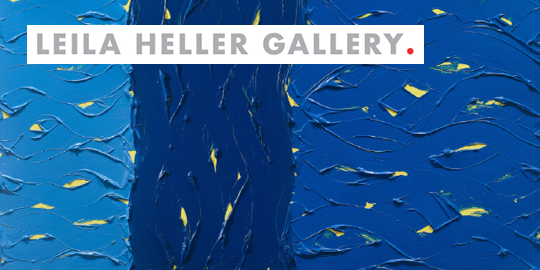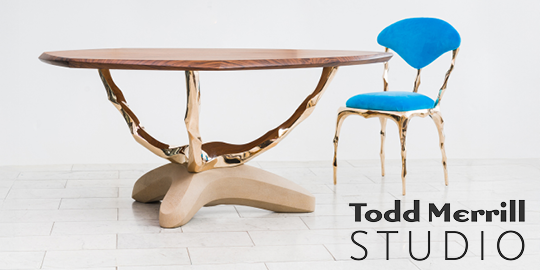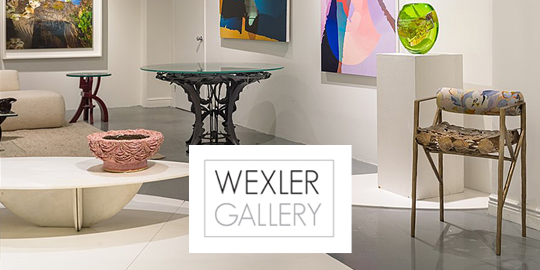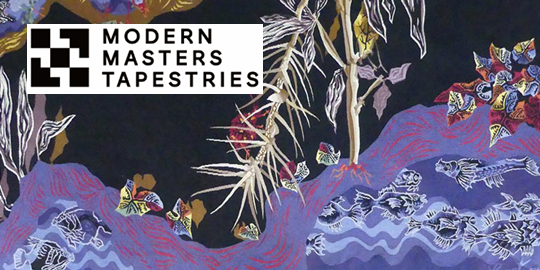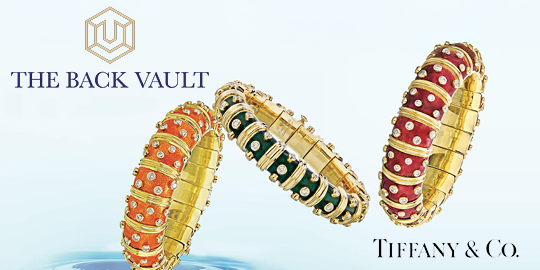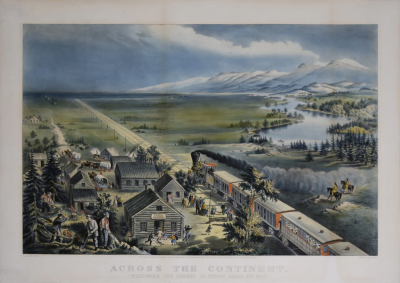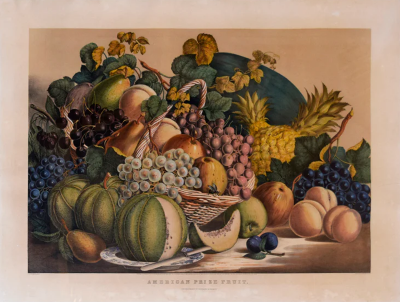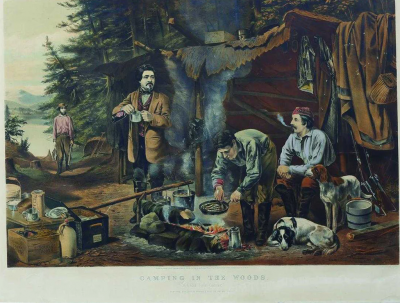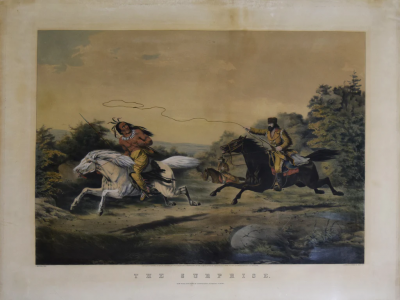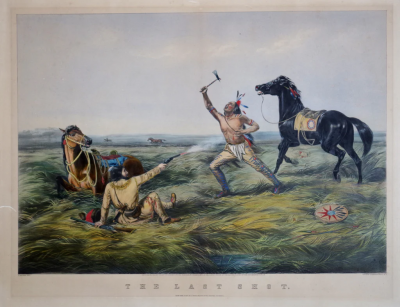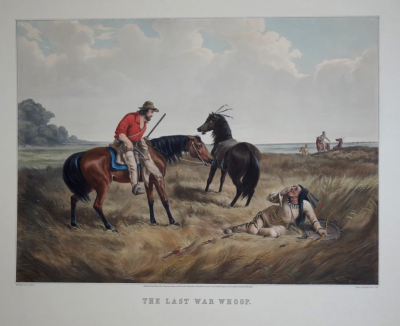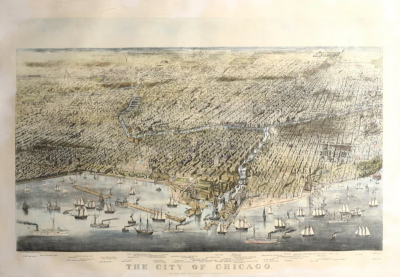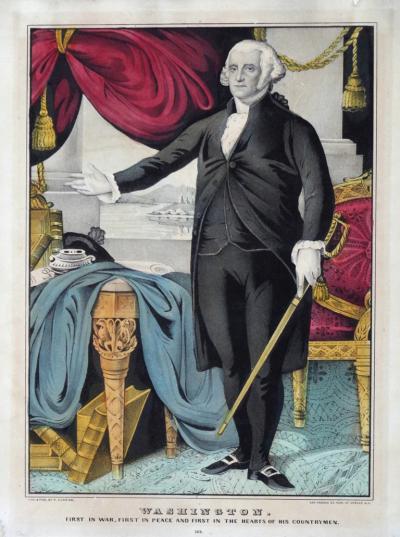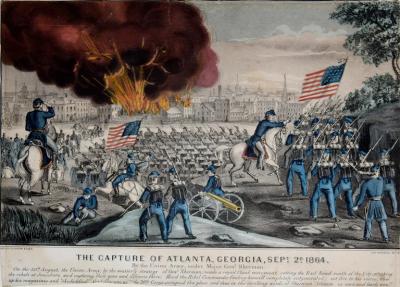Nathaniel Currier
American, 1813 - 1888
Nathaniel Currier (March 27, 1813 – November 20, 1888) was a prominent American lithographer known for his influential role in the art world through his partnership with James Ives in the renowned firm Currier & Ives. Born in Roxbury, Massachusetts, Currier was the son of Nathaniel and Hannah Currier. His formal education ended at fifteen when he apprenticed with the Boston printing firm of William and John Pendleton, the first successful lithographers in the United States.
Currier honed his skills in lithography at the Pendletons’ shop before moving to Philadelphia to work with M. E. D. Brown. In 1834, he relocated to New York City, aiming to establish a new business with John Pendleton. When that partnership fell through, Currier briefly formed a company with Stodart, which lasted only a year.
In 1835, Currier launched his own lithographic business, initially focusing on printing sheet music and other materials. He soon shifted his attention to producing images of current events. One of his early works, published just days after a significant fire in New York City, showcased his talent for illustrated news. By 1840, he began to embrace independent print publishing, achieving notable success with prints that documented contemporary disasters, including the tragic sinking of the steamboat Lexington, which sold thousands of copies.
The turning point for Currier’s career came when James Ives joined his firm as a bookkeeper in 1850. Ives’ business acumen propelled the company forward, and by 1857, he became a full partner, leading to the establishment of Currier & Ives as a household name. The firm became celebrated for its diverse array of popular prints, from festive holiday scenes to urban landscapes, while also producing political cartoons and historical illustrations. Over the years, they created approximately 7,500 images, leaving a lasting impact on American art.
Currier retired in 1880, handing over the reins to his son, Edward. He married Eliza West Farnsworth in 1840, with whom he had a son, Edward West Currier, before her passing in 1843. He remarried in 1847 to Lura Ormsbee. In addition to his work as a lithographer, Currier was an active volunteer fireman in New York City during the 1850s and had a passion for fast horses.
Currier passed away on November 20, 1888, at his home in Amesbury, Massachusetts, eight years after his retirement. He is interred at Green-Wood Cemetery in Brooklyn, leaving behind a rich legacy in American lithography and art.
Currier honed his skills in lithography at the Pendletons’ shop before moving to Philadelphia to work with M. E. D. Brown. In 1834, he relocated to New York City, aiming to establish a new business with John Pendleton. When that partnership fell through, Currier briefly formed a company with Stodart, which lasted only a year.
In 1835, Currier launched his own lithographic business, initially focusing on printing sheet music and other materials. He soon shifted his attention to producing images of current events. One of his early works, published just days after a significant fire in New York City, showcased his talent for illustrated news. By 1840, he began to embrace independent print publishing, achieving notable success with prints that documented contemporary disasters, including the tragic sinking of the steamboat Lexington, which sold thousands of copies.
The turning point for Currier’s career came when James Ives joined his firm as a bookkeeper in 1850. Ives’ business acumen propelled the company forward, and by 1857, he became a full partner, leading to the establishment of Currier & Ives as a household name. The firm became celebrated for its diverse array of popular prints, from festive holiday scenes to urban landscapes, while also producing political cartoons and historical illustrations. Over the years, they created approximately 7,500 images, leaving a lasting impact on American art.
Currier retired in 1880, handing over the reins to his son, Edward. He married Eliza West Farnsworth in 1840, with whom he had a son, Edward West Currier, before her passing in 1843. He remarried in 1847 to Lura Ormsbee. In addition to his work as a lithographer, Currier was an active volunteer fireman in New York City during the 1850s and had a passion for fast horses.
Currier passed away on November 20, 1888, at his home in Amesbury, Massachusetts, eight years after his retirement. He is interred at Green-Wood Cemetery in Brooklyn, leaving behind a rich legacy in American lithography and art.
